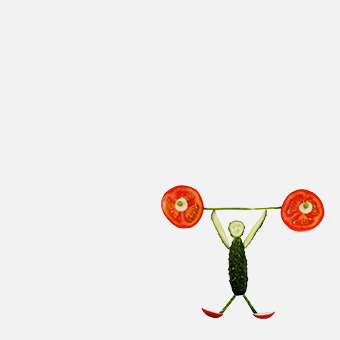Most of us think of warm up and stretching as bells and whistles: little luxuries if you’ve got the time. And in our busy schedules, time is something most of us do not have. If we can sneak a lunch break or an early morning session, chances are we’ll crack into the exercise – that’s where the meat is right? That’s how we shed the pounds and pump the muscle?
Well no, not entirely. A warmed up and properly stretched muscle does its job better. It can move more easily through its proper range of movement. It is less likely to get injured. It can be exercised harder with less pain and lower risk. Stretching should be part of every exercise schedule.
Stretch for its own sake
And remember, stretching is not just for gym bunnies and budding athletes. Ten minutes of relaxation and stretching a day, particularly first thing in the morning or last thing at night, can give just about everybody a boost. And the older we get, the bigger the benefit. Muscles and joints get weaker with age, and our range of movement shrinks. Although stretching can’t reverse ageing, it’s an excellent way of managing joint pain and retaining as much elasticity as we can. A flexible body, whatever its age, is also less prone to injury. And for older adults, particularly those over 65, stretching improves posture and reduces the risk of falls – critical to wellbeing in later life.
Stretching also increases blood flow, can provide an energy boost and is an excellent way to de-stress and focus your mind. And it’s wonderfully low-tech – all you need is enough space and a mat, a carpet or even a rug and you’re away. At the gym or at home, under a tree in the park: you can stretch pretty much anywhere there’s room.
Static or dynamic?
When we think about stretching, chances are most of us think of what is called static stretching: adopting a stretch and holding it in place for a set time – usually repeated side to side for a number of reps. Dynamic stretching – think leg swings, lunges – uses movement to drive the stretch. Jury is out in terms of benefits, but many coaches swear by a mix of both after an initial warm-up to get the blood flowing.
How long should we stretch for?
There’s no hard and fast answer. Much depends on what you’re stretching for. If you’ve got fitness goals or are stretching for a particular activity – then keep your focus on the specific muscle groups and movements. If you’re stretching for general flexibility, then try to exercise all the major muscle groups – and don’t forget your spine. Most trainers recommend five to ten minutes after a warm-up – and whatever you do, don’t stretch cold muscles. You’ll spring an injury.
And…relax
As Yogis have known for thousands of years, stretching is a great way to relax the body and calm the mind. Combine it with breathing exercises and even some relaxing music and stretching can be a wonderful way to de-stress the body and unclutter the mind.
And if you’re new to stretching – and don’t have any injuries – why not try these simple stretches:
Hamstring stretch
Sit on the floor with your legs open in a V. Bring your right heel as close to your groin as possible. Stretch your arms as far as you comfortably can towards your left foot – if you can grasp it, great. Hold for 30 seconds. Repeat the other side.
Spinal twist
Lie on your back with your knees bent and feet flat on the floor. Clasp both hands around your knees and draw them to your chest. Bring your knees as close to the ground on your right-hand side as you can. Stretch your arms wide. Turn your head to look along your left arm. Hold for 30 seconds. Repeat the other side.


















